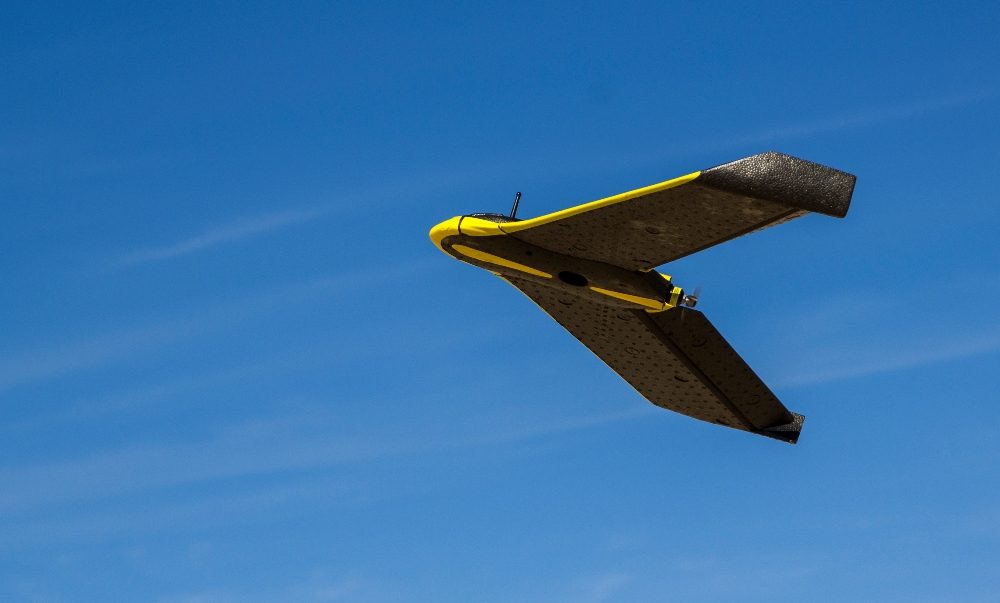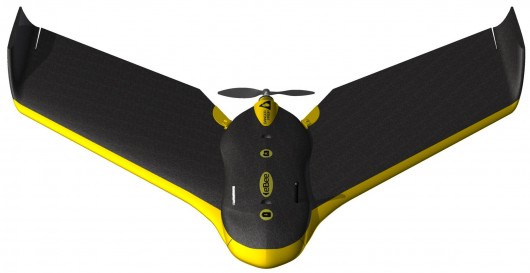Malaysia is Using Drones to Fight Malaria

Drone technology may have raised some security issues in the past, but they have come a long way from being destructive modes to actually doing good for the society. The recent example of one such application can be seen in the remote areas of Southeast Asia.
A research team in the Borneo island, Malaysia, is using a flying drone to map out the areas affected by a dangerous parasite called Plasmodium knowlesi, which carries malaria. The malaria parasite usually targets macaque monkeys, which in turn spread it to humans via mosquitoes.
The researchers are trying to figure out the reason of a rapid increase in such malaria cases. Chris Drakeley, a professor of Infection and Immunity at the London School of Hygiene and Tropical Medicine in the United Kingdom, and one of the researchers involved in the project said that they are using a small camera-equipped drone called senseFly – an eBee to create maps and digital surface models of the land and vegetation surrounding communities where Plasmodium knowlesi has affected humans.
“What we’re doing is creating a detailed map, which we can then superimpose or overlay with human and the macaque movement,” Drakeley explained. The locals are asked to carry GPS tracking devices with them while several monkeys were fitted with GPS collars.
The aim of the project is to identify the contact point between humans and the affected monkeys. Meanwhile, the drones will help researchers figure out what these areas look like and why both species are drawn towards the particular area. “It was thought to be a relatively rare and specific kind of interaction,” Drakeley said. “But what the Malaysians we’ve worked with in the state of Sabah have described us that this actually isn’t always the case.”
Recently, there have been malaria cases which involve children and sometimes an entire family. The researchers hope to narrow down the contact between the two species and hence, provide a practical solution to avoid spreading of the disease.























